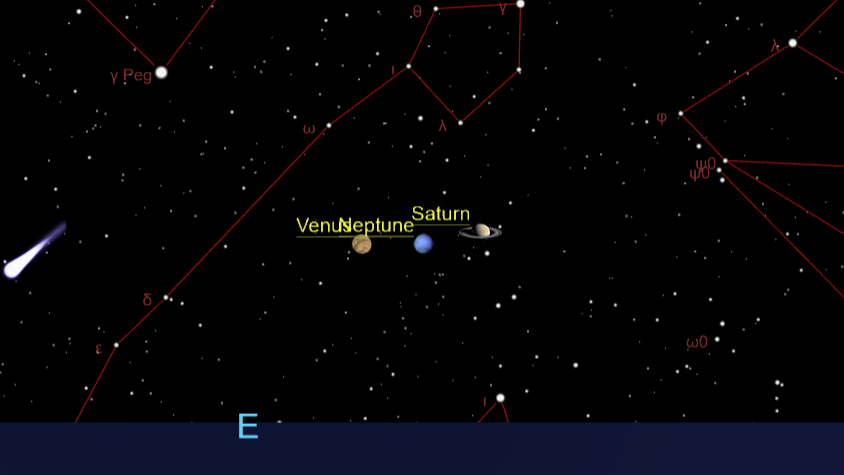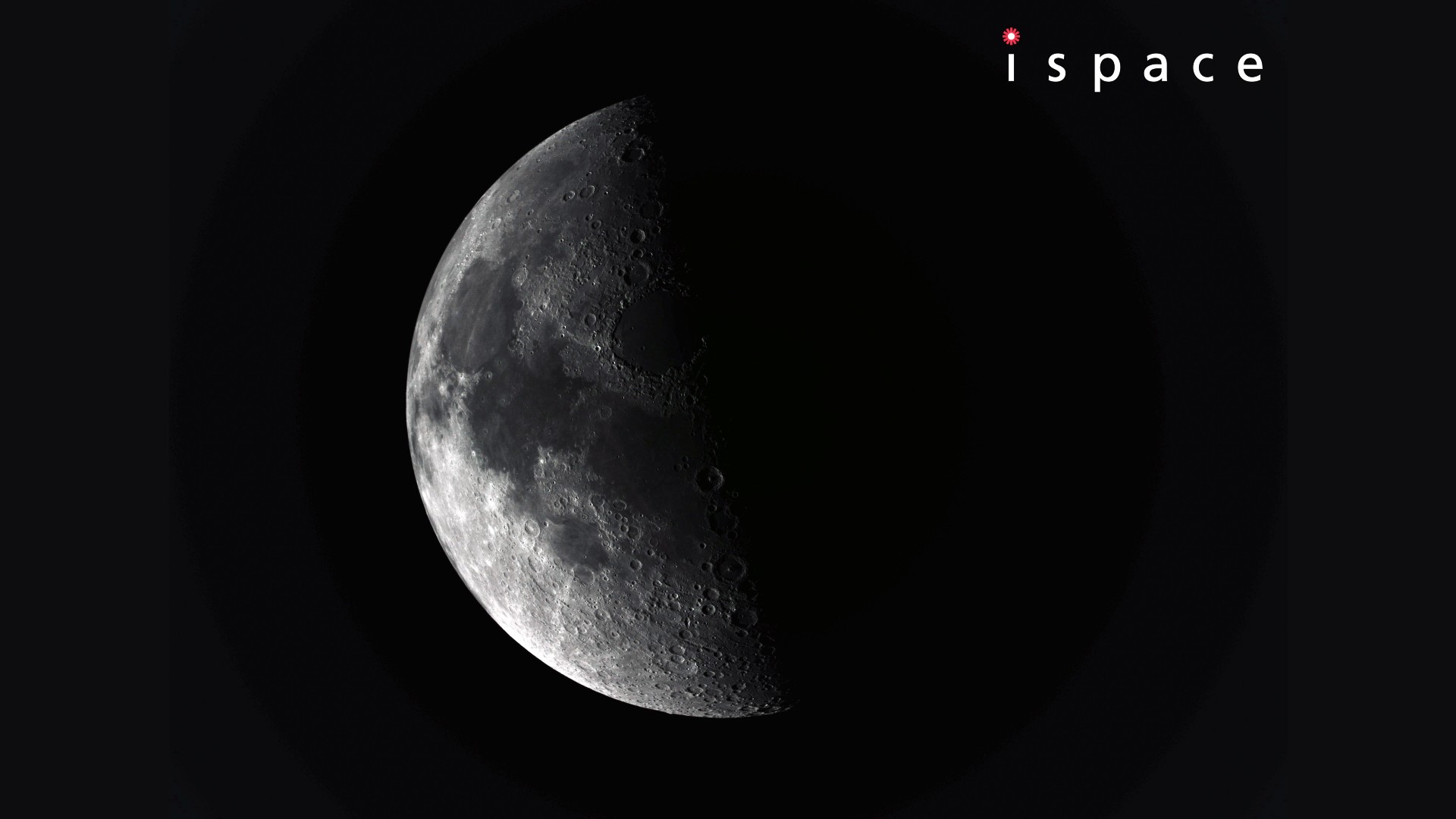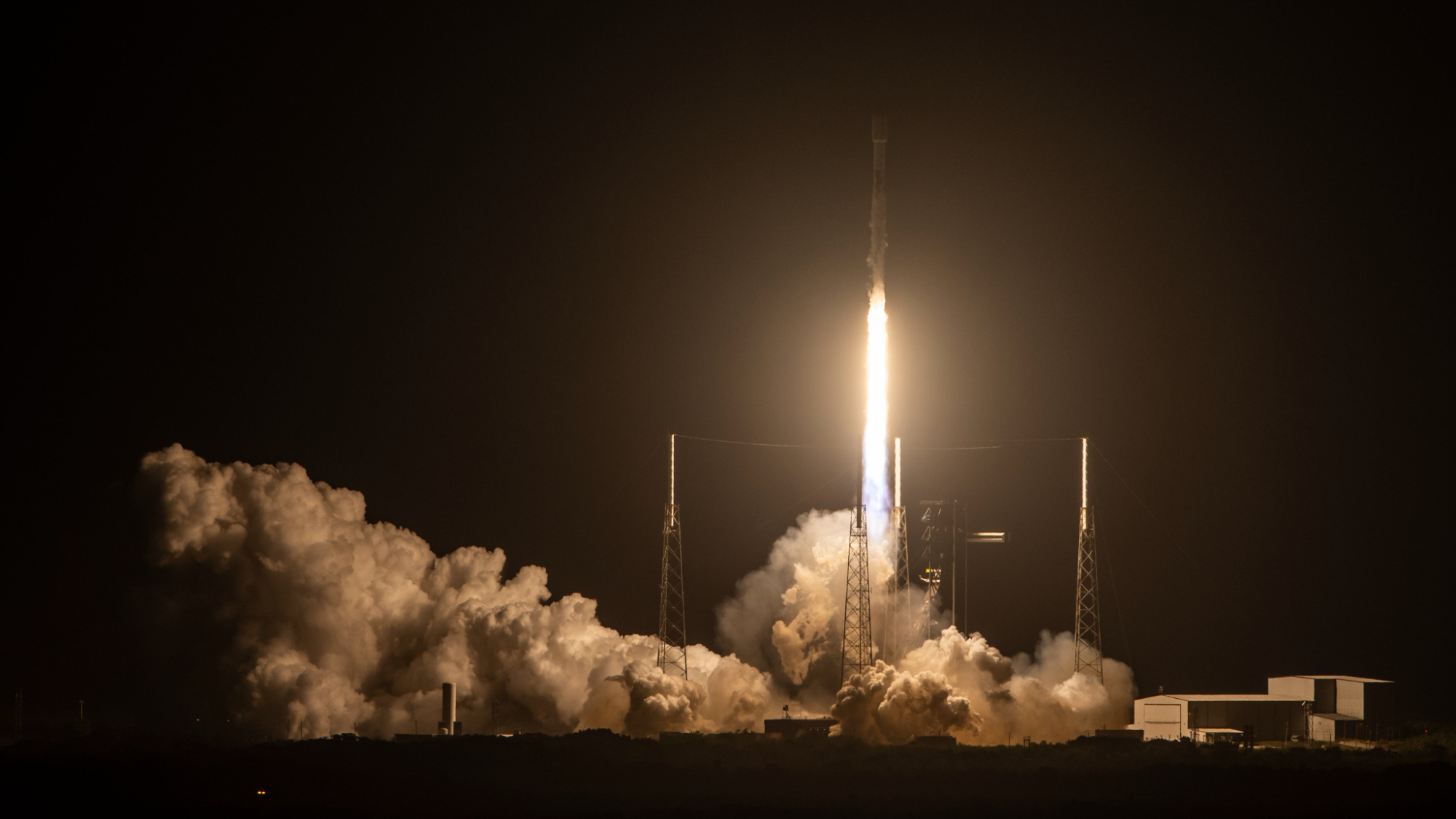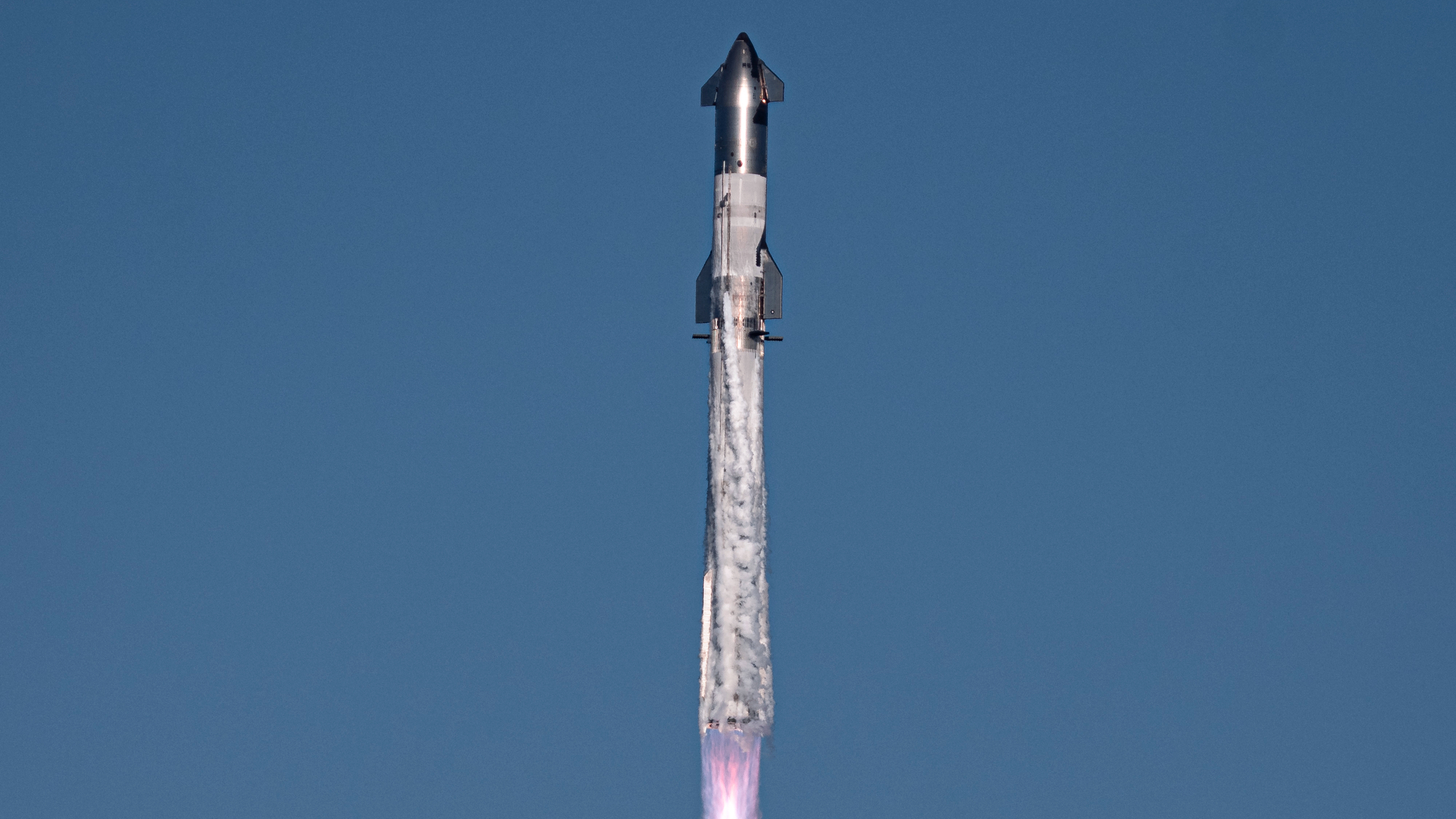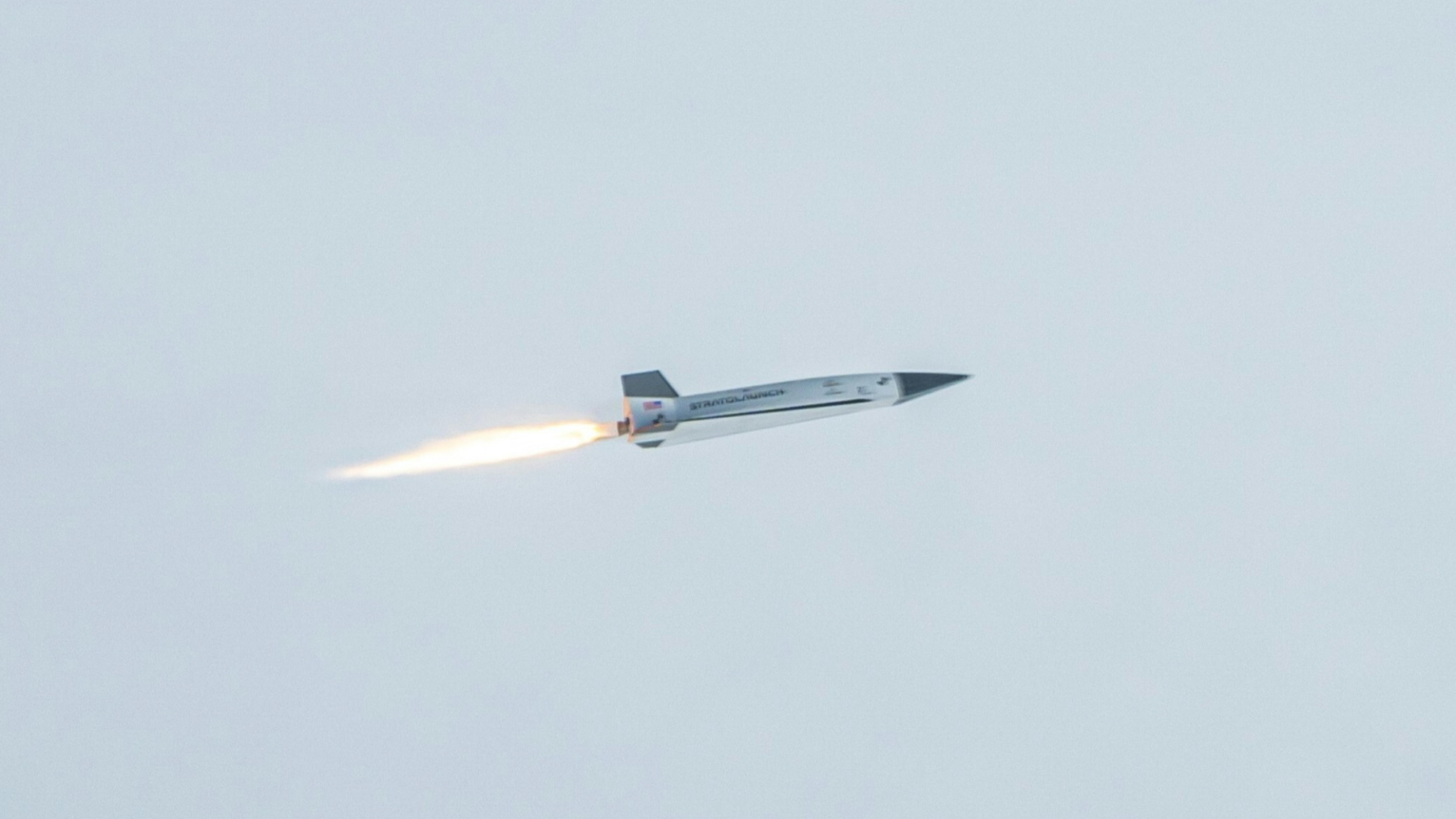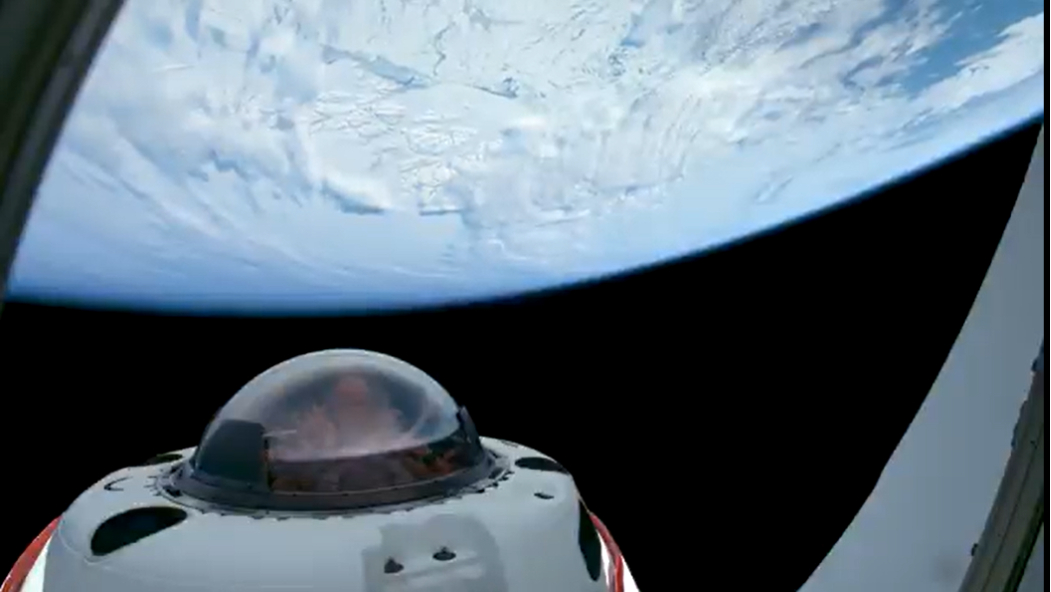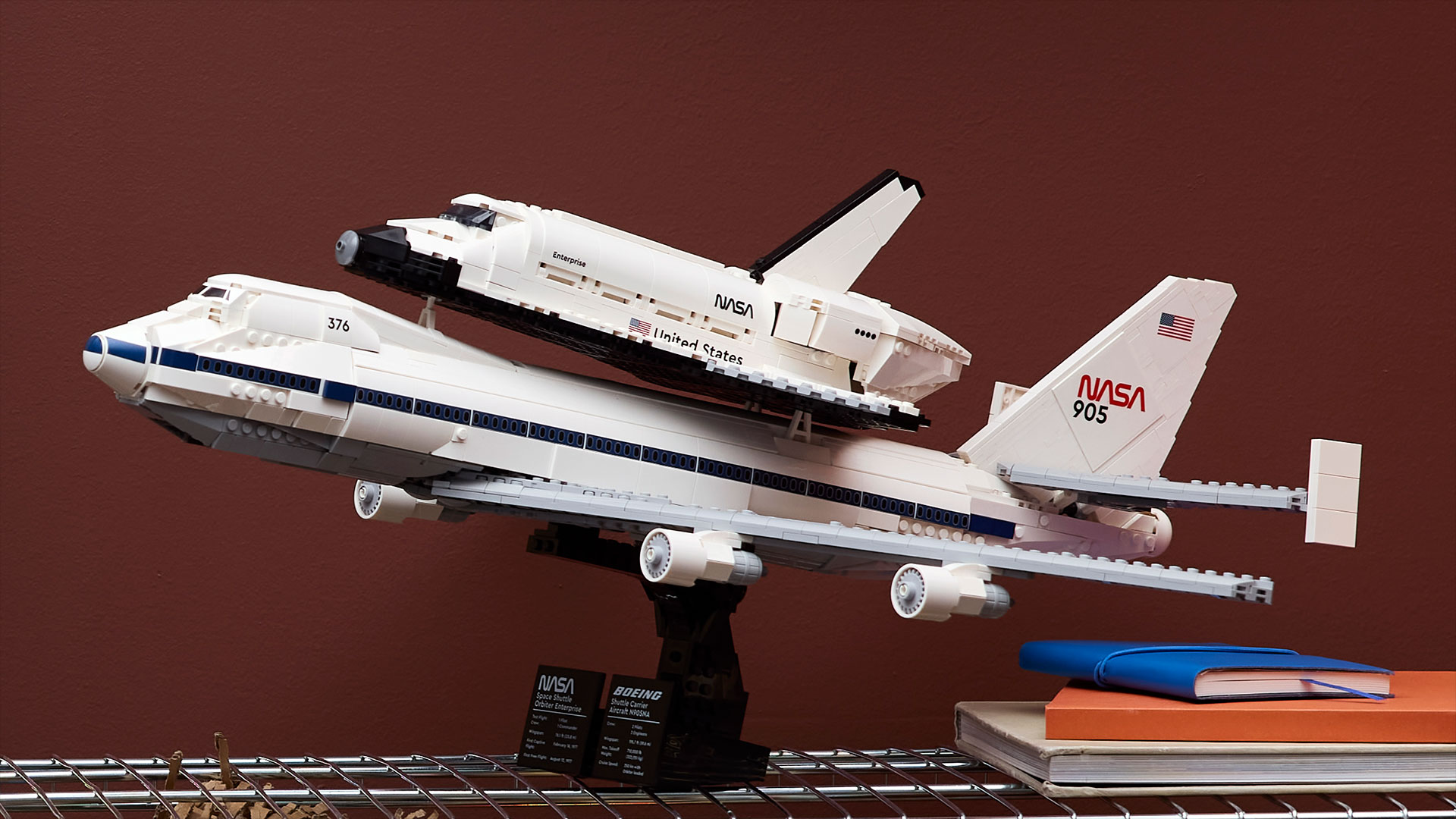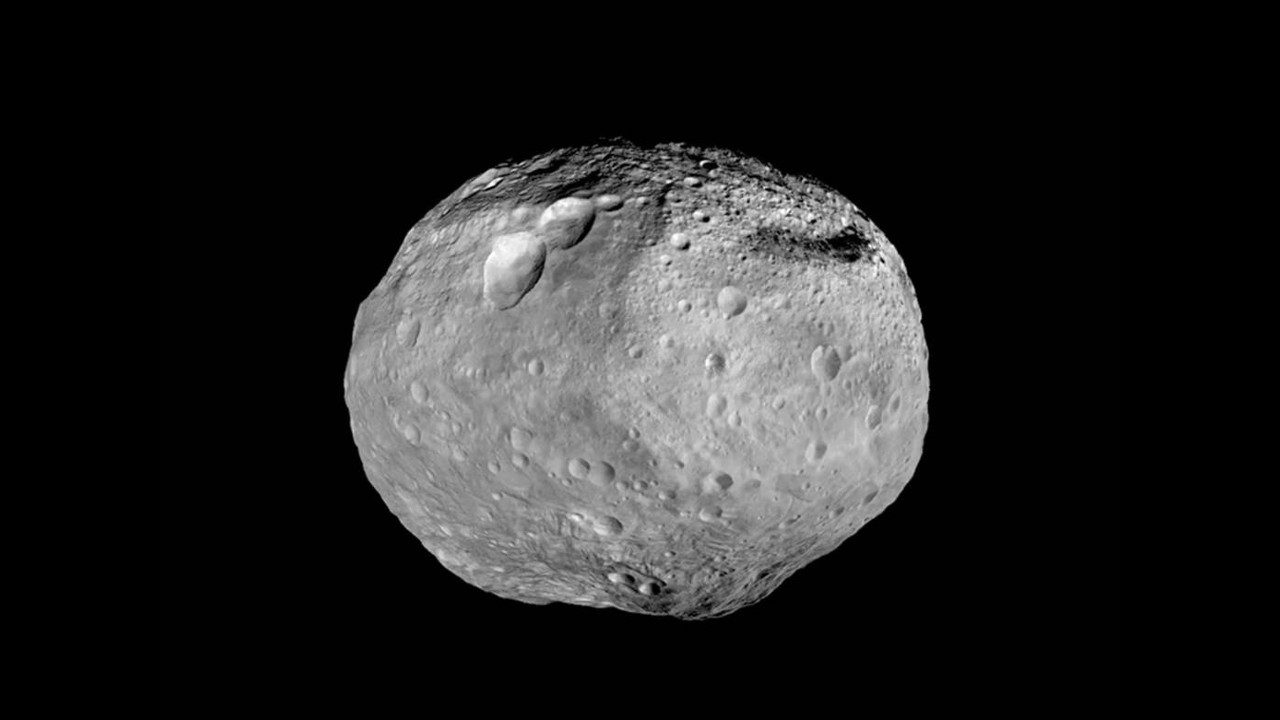Trump calls for $25 billion NASA budget for 2021 to boost moon and Mars goals
President Donald Trump wants to raise NASA's budget to $25.2 billion for the fiscal year beginning in October, an increase of 12% over the current year's funding.
Nearly half of that total would fund activities directed toward getting humans first to the moon, then to Mars. The budget request includes $3.3 billion for human lunar landers, part of NASA's Artemis program that aims for a lunar landing in 2024. The new documents also cut several long-targeted programs and introduce a new mission that would study ice on Mars.
These details come from materials released today (Feb. 10) by NASA and the White House Office of Management and Budget. The materials are part of the administration's overall budget request, an annual submission to Congress that lays out the president's vision for the federal government and begins the budgeting process. NASA's full materials packet is available here.
"This is a 21-century budget worthy of 21st-century space exploration and one of the strongest NASA budgets in history," NASA Administrator Jim Bridenstine said during a State of NASA event unveiling the budget. "If the president's support for NASA wasn't clear before, it sure is now." Under Trump, NASA's annual budget has increased from about $19 billion during his first year to $22 billion for the fiscal year that began in October, according to The Washington Post.
However, all these details come with a major caveat: The president's budget request is just that, a request. NASA's funding comes directly from Congress, which is not obligated to match the request in any way. That said, here's what we know about what the administration wants to do beginning in October.
Related: In photos: President Donald Trump and NASA

A boost for the moon and Mars
This year's is the first budget request released since Vice President Mike Pence announced the acceleration of NASA's moon landing goal to 2024, a change that occurred in March 2019 and prompted an amendment to Trump's original budget request for the current fiscal year. For months, Congress has been pushing Bridenstine for details about the total estimated cost of the Artemis program and an initial schedule for milestones within that program, but he has deferred, pointing the representatives to the budgeting process.
Get the Space.com Newsletter
Breaking space news, the latest updates on rocket launches, skywatching events and more!
NASA's full document package released today marks the first such information, sort of. Most of the information provided in the budget request documents looks at the entire human exploration program or the entire moon-to-Mars program, rather than isolating the Artemis program.
For example, a table pools funding across different departments that is allocated to the moon-to-Mars program. According to that material, the program has been allotted $8.8 billion for the current year. Fiscal year 2021 would require $12.4 billion, 2022 would require $13.3 billion, 2023 would require $15.8 billion, 2024 would require $15.3 billion, and 2025 would require $13.5 billion.
Including the money that was used last year, that program's budget plans total $87.66 billion over seven years, or an average of $12.5 billion per year. According to another NASA document released today, the administration estimates that overall NASA budgets will range from $25 billion to $29 billion through fiscal year 2025.
"NASA's top-priority mission is to return American astronauts to the moon by 2024 and build a sustainable presence on the lunar surface as the first step on a journey that will take America to Mars," the NASA section of an Office of Management and Budget document outlining the administration's overall 2021 budget request read. "The budget redirects funds from lower-priority programs to fulfill the president’s promise to get Americans back to the moon."
However, the new documents do offer new details about the timing of Artemis program flights. The first mission, an uncrewed test flight, is currently marked as under review but targeting a 2021 launch. That would mark a delay from current hopes to fly it this year, but not an unexpected one.
The crewed test flight would occur in 2022, with the first crewed lunar landing mission slated for 2024. The budget request documents then plan for one crewed mission each year from 2025 to 2030. All of these missions would fly as humans continue to live and work in orbit, with ongoing commercial cargo and crew flights supporting that presence.
The budget request supports NASA's massive Space Launch System rocket as a backbone for deep-space exploration but postpones funding the "Block 1B" upgrade required for larger missions. That decision, the budget request said, arose because Block 1B isn't necessary for a human lunar landing.
Congress has not displayed much enthusiasm for several of the president's space priorities, particularly the Artemis program. The Senate and House committees that have NASA in their purview have released authorization bills — which represent big-picture priorities, not the allotment of money — neither of which require the 2024 landing deadline. The legislature has tended to favor prioritizing Mars exploration more directly and applying a more conservative timeline to the moon landing.
Science stays pretty steady
The science section of NASA is allotted about $800 million less for 2021 according to the president's budget request than Congress appropriated in the current year. None of the subsequent years would match the 2020 science appropriations either.
Robotic exploration of Mars is explicitly supported in the summary document, as is the Mars Sample Return mission that NASA would like to follow its Mars 2020 rover to bring pieces of the Red Planet into Earth's laboratories. In addition, the Office of Management and Budget document introduces a new Mars Ice Mapper mission that could help NASA prioritize landing sites for astronauts.
Nevertheless, the Mars subset of the budget would shrink under the administration's new request. Most of that reduction reflects the end of construction on the Mars 2020 rover mission; as of this month, NASA is preparing to ship the spacecraft to Florida in preparation for launch in July.
Several high-profile science missions retained fairly consistent funding, including the Double Asteroid Redirection Test (DART) mission to test planetary-defense techniques against potentially hazardous asteroids, the Psyche mission to visit a metal-rich asteroid and the Hubble Space Telescope.
One notable increase in the budget request is the funding line for Dragonfly, which NASA selected in June 2019. The president has requested $96 million for that program in 2021, with two or three times that in each subsequent year through 2025.
The 2021 budget request would also reduce funding for the Jupiter Europa program, presumably the Europa Clipper mission, fairly significantly — from nearly $600 million in Congress's 2020 appropriations to just $400 million requested for next year. NASA did not detail a cause for that change. That mission has been stuck in a tug of war between Congress and NASA over whether it should launch on NASA's SLS rocket or on a cheaper, commercial rocket.
Several Earth science missions scheduled to launch in 2022 are also listed at noticeably lower requested funding for 2021 compared to 2020 allotments; it's unclear whether those differences represent progress toward launch or a reduction in funding. The same pattern also holds with Lucy, a mission destined to visit several asteroids and also slated for launch in 2022.
Familiar NASA budget cuts return
Other missions were even less lucky. The budget request cuts several NASA projects that Trump's budget requests have targeted for several years, including the Stratospheric Observatory for Infrared Astronomy (SOFIA) airplane-mounted instrument, the Office of STEM Engagement and the Wide Field Infrared Survey Telescope (WFIRST), currently planned to launch in the mid-2020s. The Office of STEM Engagement and WFIRST have both been canceled by the president's budget request and reinstated by Congress on multiple occasions.
The same is true of two Earth science missions also eliminated in the president's 2021 budget request: the Plankton, Aerosol, Cloud, ocean Ecosystem (PACE) mission and the Climate Absolute Radiance and Refractivity Observatory (CLARREO) Pathfinder. NASA announced earlier this month that it had selected SpaceX to launch the PACE mission, in 2022.
The Trump administration has repeatedly attempted to eliminate the PACE, CLARREO Pathfinder and WFIRST space telescope missions over the years. The flying SOFIA telescope, a joint project with the German Aerospace Center (DLR), similarly faced cancellation in the 2015 budget request of President Barack Obama's administration.
Editor's note: This story was updated at 5:20 p.m. with additional details about the president's budget request for NASA.
- NASA's Artemis moon program just photobombed a spacewalk (photo)
- The Orion spacecraft for NASA's 2020 trip around the moon is ready to go (photo)
- Will Apollo nostalgia help NASA get its Artemis moon money?
Email Meghan Bartels at mbartels@space.com or follow her @meghanbartels. Follow us on Twitter @Spacedotcom and on Facebook.
Join our Space Forums to keep talking space on the latest missions, night sky and more! And if you have a news tip, correction or comment, let us know at: community@space.com.

Meghan is a senior writer at Space.com and has more than five years' experience as a science journalist based in New York City. She joined Space.com in July 2018, with previous writing published in outlets including Newsweek and Audubon. Meghan earned an MA in science journalism from New York University and a BA in classics from Georgetown University, and in her free time she enjoys reading and visiting museums. Follow her on Twitter at @meghanbartels.
-
rod ReplyAdmin said:President Donald Trump wants to raise NASA's budget to $25.2 billion for the fiscal year beginning in October, an increase of 12% over the current year's funding.
Trump calls for $25 billion NASA budget for 2021 to boost moon and Mars goals : Read more
Now that the impeachment is over and we have the candidates campaigning on the trail and primaries, this report could produce some interesting political comments, however not by me :) -
sunstance To whom, it may concernReply
I am able to provide you with materials and designs for propulsion new technologies how do I get a piece of that pie. and in real time 25 billion dollars got the tax payer what .... because there is propping up industries already with pointless investments into space programs. any real direction is known however research and development is really all you need but I am yet to see anyone who has that capacity. this stuff is scurrying around local moons and planets when no real idea of what the hell is .
